- News
- Reviews
- Bikes
- Components
- Bar tape & grips
- Bottom brackets
- Brake & gear cables
- Brake & STI levers
- Brake pads & spares
- Brakes
- Cassettes & freewheels
- Chains
- Chainsets & chainrings
- Derailleurs - front
- Derailleurs - rear
- Forks
- Gear levers & shifters
- Groupsets
- Handlebars & extensions
- Headsets
- Hubs
- Inner tubes
- Pedals
- Quick releases & skewers
- Saddles
- Seatposts
- Stems
- Wheels
- Tyres
- Tubeless valves
- Accessories
- Accessories - misc
- Computer mounts
- Bags
- Bar ends
- Bike bags & cases
- Bottle cages
- Bottles
- Cameras
- Car racks
- Child seats
- Computers
- Glasses
- GPS units
- Helmets
- Lights - front
- Lights - rear
- Lights - sets
- Locks
- Mirrors
- Mudguards
- Racks
- Pumps & CO2 inflators
- Puncture kits
- Reflectives
- Smart watches
- Stands and racks
- Trailers
- Clothing
- Health, fitness and nutrition
- Tools and workshop
- Miscellaneous
- Buyers Guides
- Features
- Forum
- Recommends
- Podcast
TECH NEWS
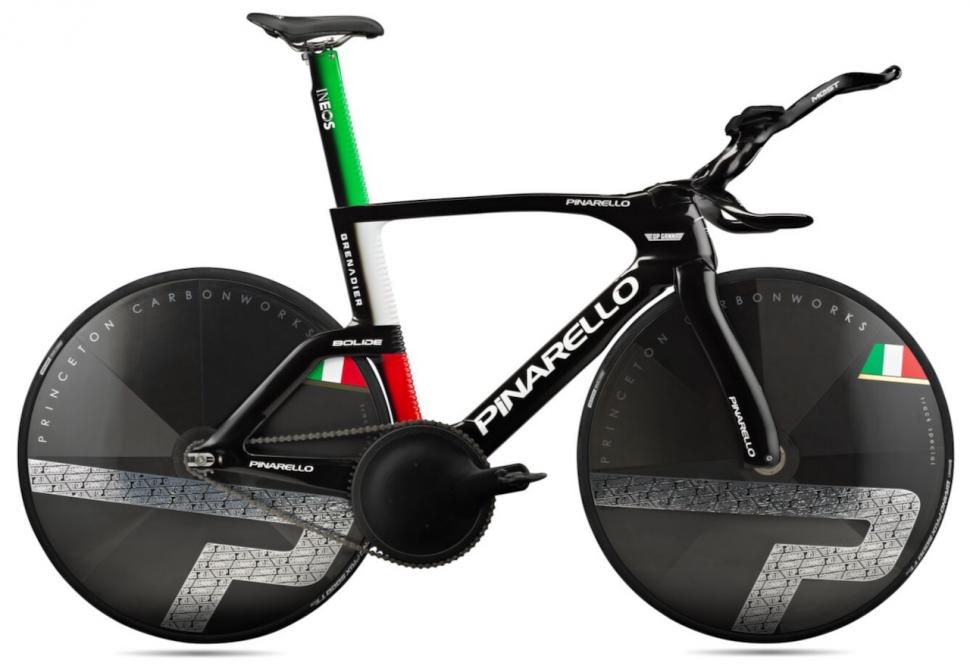 2022 Pinarello Bolide F HR 3D Filippo Ganna - 2.jpeg
2022 Pinarello Bolide F HR 3D Filippo Ganna - 2.jpegCheck out the Pinarello Bolide F HR 3D that Filippo Ganna rode to smash the UCI Hour Record
Ineos Grenadiers’ Filippo Ganna destroyed the UCI Hour Record in Grenchen, Switzerland, on Saturday aboard the brand new Pinarello Bolide F HR 3D – “the first high-performance 3D-printed bike”, according to the Italian brand.
“3D printing allowed us to introduce new shapes and features that are impossible to replicate with existing carbon fibre techniques,” says Pinarello. “With this new method we have created a unique aerodynamic shape and reached an incredible level of stiffness."
“Moreover, [3D printing] made it possible to add internal reinforcement, create a totally new shape of head tube and importantly, it also drastically cut development time because we were no longer held back by the traditional time constraints of mould production for a carbon fibre frame.”
> Filippo Ganna roars to spectacular new UCI Hour Record of 56.792km
Pinarello says the use of 3D printing has allowed it to blend strength and stiffness with aero gains while also achieving perfect sizing. Ganna’s Bolide F HR 3D was built to conform specifically to his anatomy, the idea being to maximise his comfort and the overall aero performance.
“Comfort is often underrated, but when it comes to a UCI Hour Record attempt it is absolutely crucial because it allows the athlete to go faster for longer,” says Pinarello. “The importance of stiffness is also often underestimated for track bikes, but any flex under power causes the wheels to scrub, losing the athlete crucial centimetres every time they push the pedals.”
Pinarello believes this marks a significant development in frame production, although you needn’t expect 3D printing to take over from more established methods any time soon.
“The next step will be to make it more affordable by finding ways to scan riders with more affordable equipment and automatically design each unique bike – from a world champion to every World Tour rider, and eventually to each and every cyclist out there,” says Pinarello’s chief marketing officer Federico Sbrissa.
“Mind-blowing” and “pretty epic” – Dan Bigham sets new UCI Hour Record of 55.548km
Ineos Grenadiers (including its previous incarnations) and Pinarello have been talking about improving performance through the aggregation of marginal gains for years, and that continues to be the case with the Bolide F HR 3D. This time they’ve gone to the humpback whale for inspiration. You might remember that Zipp has also based wheel rim designs on the humpback whale. Biomimicry is big in the engineering world and aerodynamicists love a cetacean.
Zipp introduces 454 NSW, its ‘highest performing wheelset ever’
“The legs of the rider are moving up and down all the time in a rather complex but very repeatable path,” says Pinarello. “The air flows around the seat tube and seat post is never straight. It is always alternating as the rider’s legs are constantly deflecting the air around them.
"This alternating airflow makes it very difficult for the air to stay attached to the seat tube. The consequence is that the airflow is constantly separating from the seat tube, creating a large low-pressure area around it which in turn creates large amounts of drag. This is partly why the combined drag of the seat tube and seat post is almost 40% of the total drag of the frame and fork.
“Humpback whales are well known for their ability to perform very tight turns as well as spectacular jumps out of the water. Researchers have found that the tubercles (the protrusions in the front of their flippers) contribute significantly to this ability.
“In fact, researchers at the University of Adelaide have been working on this shape since 2006, first using them on aircraft wings and fans and then on bicycle frames, filing an international patent application for a bicycle frame in 2016.
“They also observed that the airflow around the seat tube alternates through a wide angle, leading to separated flow and increased drag. They found that ridges can minimise this separation effect and reduce the drag by generating streamwise vortices in the troughs between the bumps, causing the flow behind the peaks to stay attached. Using this research, valuable drag reductions were achieved on their own prototype frame.”
Pinarello says that it ran many simulations with its aerodynamic R&D partner NablaFlow, and after extensive CFD and wind tunnel testing with live riders they came up with new AirStream technology that incorporates “a unique pattern of AeroNodes on the frame” that takes advantage of the University of Adelaide’s research.
It says that the new frame has been designed to reduce frontal area as much as possible while taking advantage of the removal of the UCI’s 3:1 UCI (which meant that the depth of elements of the frame/fork could not be more than three times the width) to introduce longer and slimmer airfoil sections.
Pinarello claims that substantial gains have been made by narrowing the wheel hubs – from 120mm down to 89mm on the rear, and from 100mm down to 69mm on the front – and the bottom bracket (BB) – from 70mm to 54mm. Pinarello decided to keep the forks and seatstays narrow too.
“We saw some bikes recently with very wide forks and seatstays,” says Pinarello. “Do they work? The evidence that we managed to gather so far is not clear-cut… In general, in a design like that, the bike will create more drag but, if refined enough, should drop the drag of the rider more than the drag penalty on the bike.
“In our case, the results were too unstable, and the potential gains were not consistent enough to adopt such a design, so we went with the classic and proven method of narrow fork and seatstays, both being close to the disc wheels. This method also creates a low weight solution as well as no unknowns in terms of manufacturing.”
Pinarello looked to the UK’s Metron AE for the 3D printing, taking advantage of a new alloy called Scalmalloy. This is an alloy of scandium, aluminium, and magnesium.
> Review: Mythos Elix Scalmalloy stem
“The frame was only five parts, with the front triangle made in three pieces and the seatstays/chainstays as two more pieces,” says Pinarello. “These pieces were made individually and after meticulous cleaning and support removal, the parts were bonded together using an aerospace-grade epoxy.”
Titanium is used on the fork crown and handlebar extensions, which are higher stress areas.
Pinarello says that some of the bike parts actually increase drag over previous designs but that using them allows it to reduce the overall drag of the whole system – the bike and rider together.
“After several rounds of CFD optimisation, a handlebar geometry was created that reduced the rider’s drag more than the drag penalty imposed by its unconventional shape,” Pinarello says.
We've heard Ribble say similar about the handlebar on its latest Ultra road bike.
> Ribble launch radical new Ultra aero road bike
The handlebar is 3D-printed too, although it’s titanium (6Al/4V titanium).
Interestingly, Pinarello believes that despite the extensive CFD and wind tunnel testing it has put in on the Bolide F HR, there’s plenty of potential for more gains in the future.
“To help detect small changes, the bike and the rider are split into individual parts and their contributions to the overall drag are recorded,” it says. “In reality, the ‘secret sauce’ is how you add these parts together, how you prioritise them and how you decide what the next steps should be… The improvements are still coming; we are still nowhere near ‘peak aero’.”
Dan Bigham rode a prototype version of the Pinarello Bolide F HR to UCI Hour Record success on 19th August 2022. Bigham, who is Ineos Greandiers’ performance engineer, helped develop the bike and he achieved a distance of 55.548km.
However, Filippo Ganna rode 56.792km on Saturday. That's well over 2% further than anyone else in history, which is an extraordinary margin that's likely to deter further challenges for the foreseeable future.
The new Bolide F HR 3D is available to order at a Pinarello’s official retailer now. Each bike will be 3D printed on demand.
In terms of cost, a Pinarello Bolide F HR 3D with a custom 3D-printed handlebar is priced at €60,000 (£52,600). The total price of Filippo Ganna's bike, including all of the components, is approximately €75,000 (£65,800).
Mat has been in cycling media since 1996, on titles including BikeRadar, Total Bike, Total Mountain Bike, What Mountain Bike and Mountain Biking UK, and he has been editor of 220 Triathlon and Cycling Plus. Mat has been road.cc technical editor for over a decade, testing bikes, fettling the latest kit, and trying out the most up-to-the-minute clothing. He has won his category in Ironman UK 70.3 and finished on the podium in both marathons he has run. Mat is a Cambridge graduate who did a post-grad in magazine journalism, and he is a winner of the Cycling Media Award for Specialist Online Writer. Now over 50, he's riding road and gravel bikes most days for fun and fitness rather than training for competitions.
Latest Comments
- Sredlums 3 sec ago
Props for weighing in the environmental concerns.
- tony.westclassics@live.co.uk 2 min 35 sec ago
If your running 11 speed, Shimano chain will run with Campag
- polainm 9 min 22 sec ago
Hacks never let truth/facts get in the way of whipping up hatred to increase click throughs.
- Rendel Harris 15 min 54 sec ago
Well yes, but that doesn't mitigate the essential flaw in her argument which seems to be that the people on illegal electric motorbikes are using...
- brooksby 1 hour 57 min ago
A picture: (edit) Hmm, it's the right way up on my phone...
- muhasib 7 hours 16 min ago
"Clunie, who was stopped at the lights at the time of the crash,"...
- Miller 10 hours 57 min ago
I'm reading this as the komoot founder cashing out? Tough on the staff who'll get a redundancy notice and not a payout.
- Rendel Harris 11 hours 23 min ago
You can pick them up for £129 at Cyclestore now with free postage.
- David9694 13 hours 54 min ago
I certainly don't put every story about every fatal crash I encounter, this pair just got me curious, like why are 90 year olds still driving and...
- Vo2Maxi 14 hours 27 min ago
Over 25 years ago now, I was on the Ideal Travel winter training camp in Majorca....
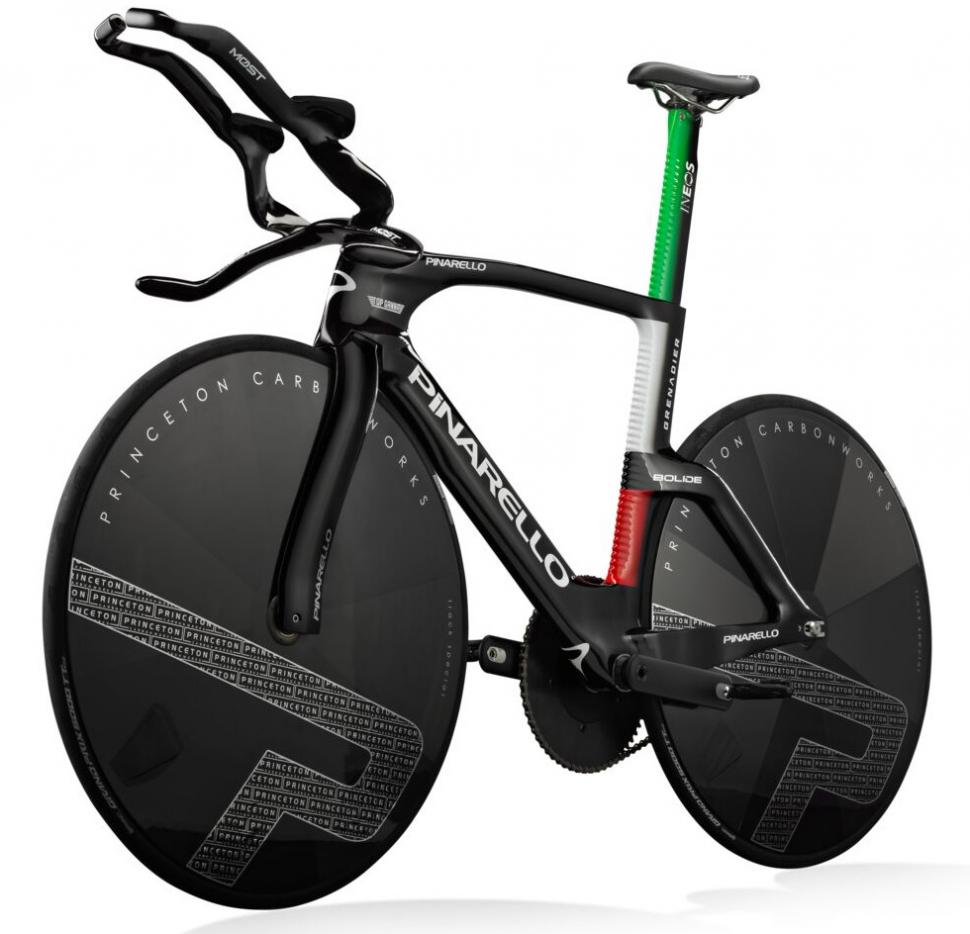
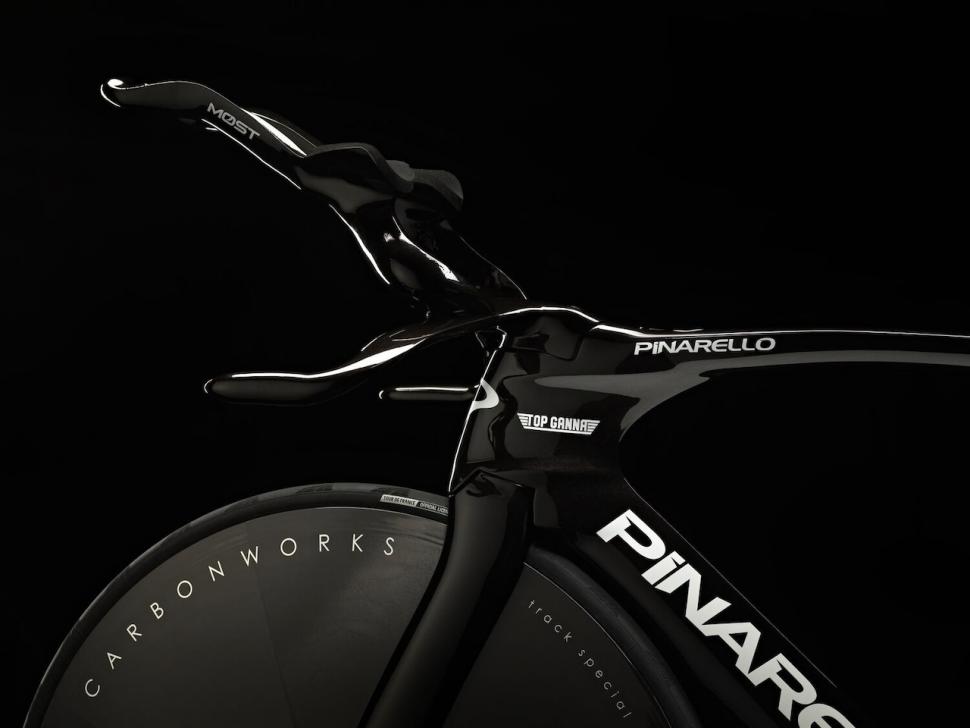
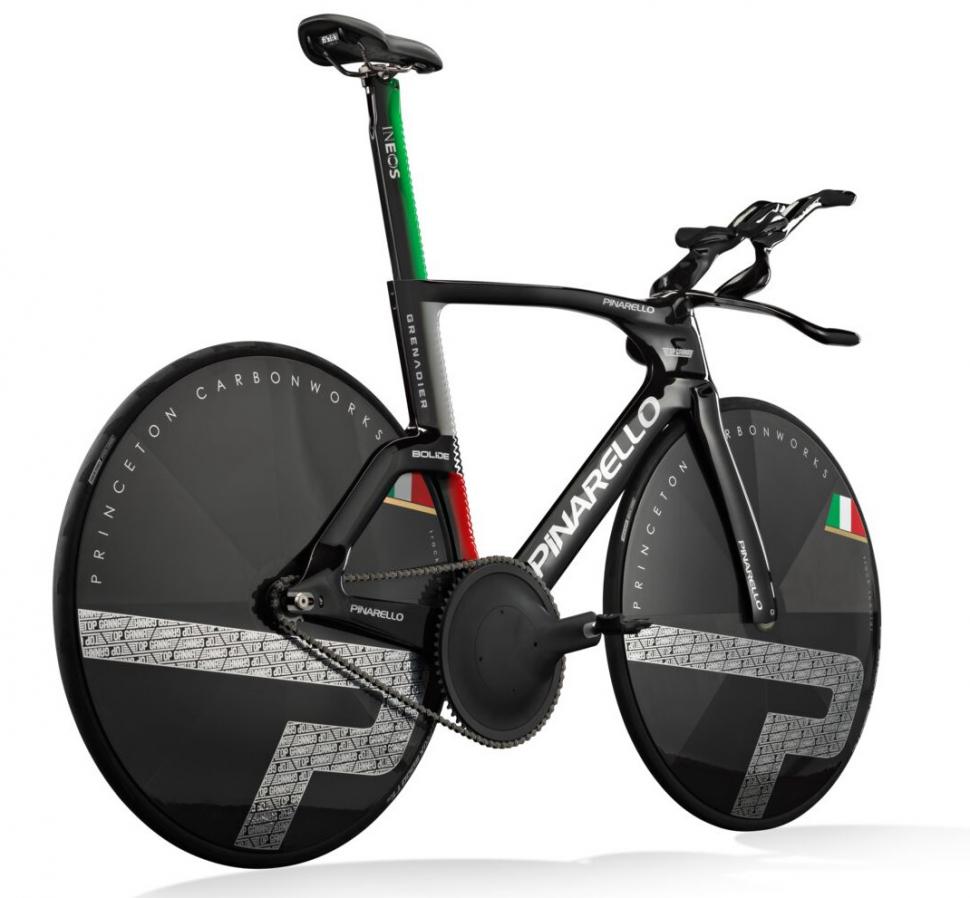

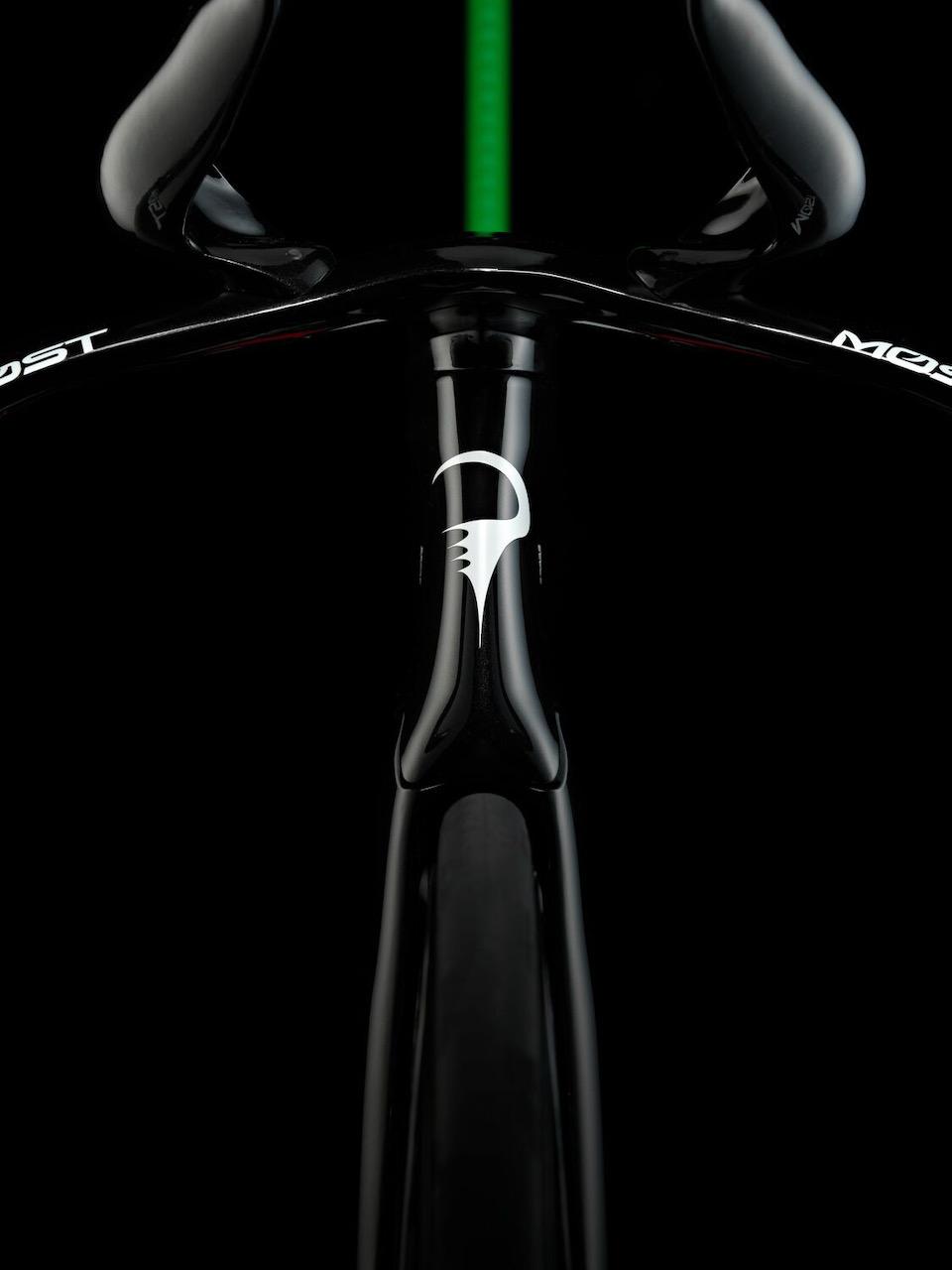
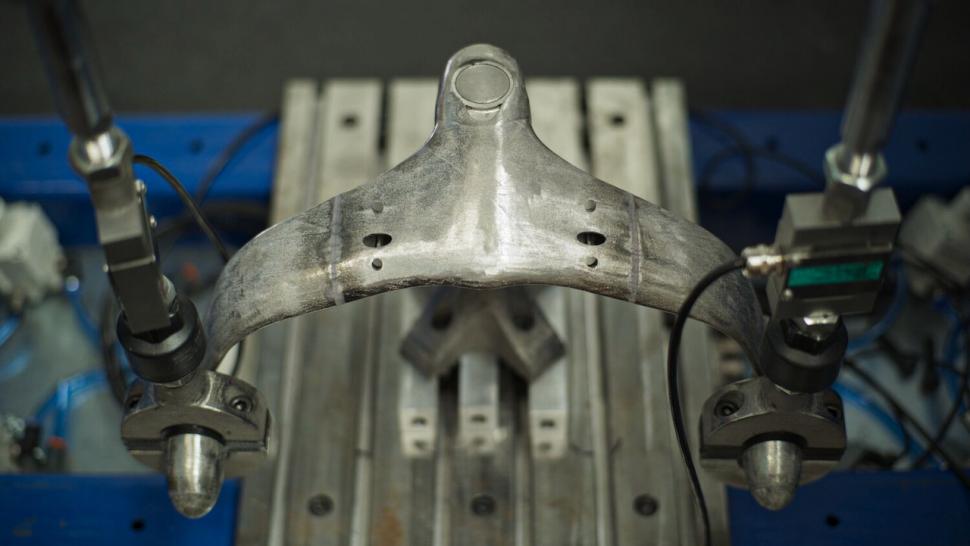
Add new comment
10 comments
I'm not entering the dispute and am not looking up all the details. It would be very surprising if Boardman's hour record was only 270m further than Eddy's! Boardman is a great cyclist and advocate for the sport, and so is Eddy
Actually Boardman's 2000 UCI record was only 10m further than Merckx's (49.441 vs 49.431), though his best human effort record is nearly 7km further.
Is 3D printing the new Graphene?
Very sneaky way of getting around the homologation requirement. Clearly we're back to the early '90s arms race when it comes to the Hour.
Does that apply to hour record bikes? I was under the impression it only applied to bikes used in races, but could well be wrong.
I think when the rules for the hour record were amended they stipulated that equipment had to be as approved/available for track races etc so I'd assume it falls under this, could be wrong though.
I like that bikes like this exist, as somewhere to push the limit of what's possible I think the hour record is a good place for them, but I hope this doesn't lead to even more extreme development races for actual track events.
The Merckx style record is the true hour record.
No ability to spend hundreds of thousands (and the above prices likely do not reflect the salary costs of the engineers involved) to squeeze out more aerodynamic gains.
Just down to the person, their legs, and a classic steel track bike with box-section rims that can be put together by any number of builders with fairly common tooling.
Boardman only beat Merckx by 270m, and Boardman had a much better, modern skinsuit (Merckx had a silk skinsuit, which was visibly flapping above the shoulders during his effort). Boardman also had *much* better drugs. (90s, *cough*).
(90s, *cough*).
Tell me when Boardman was found or even suspected of doping and I will start writing a list for Merckx failures
That's a very unfair comment considering that Boardman has never failed a doping test and even had to quit pro cycling in order to take testosterone for his osteoporosis because the UCI wouldn't give him an exemption, he could've (so I've heard) upped his low testosterone levels artificially and not been caught but he refused. I admire Merckx very much but there is no question that he was caught doping at least once.
Boardman beat Merckx by almost 7km